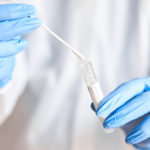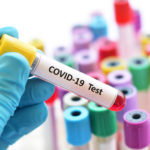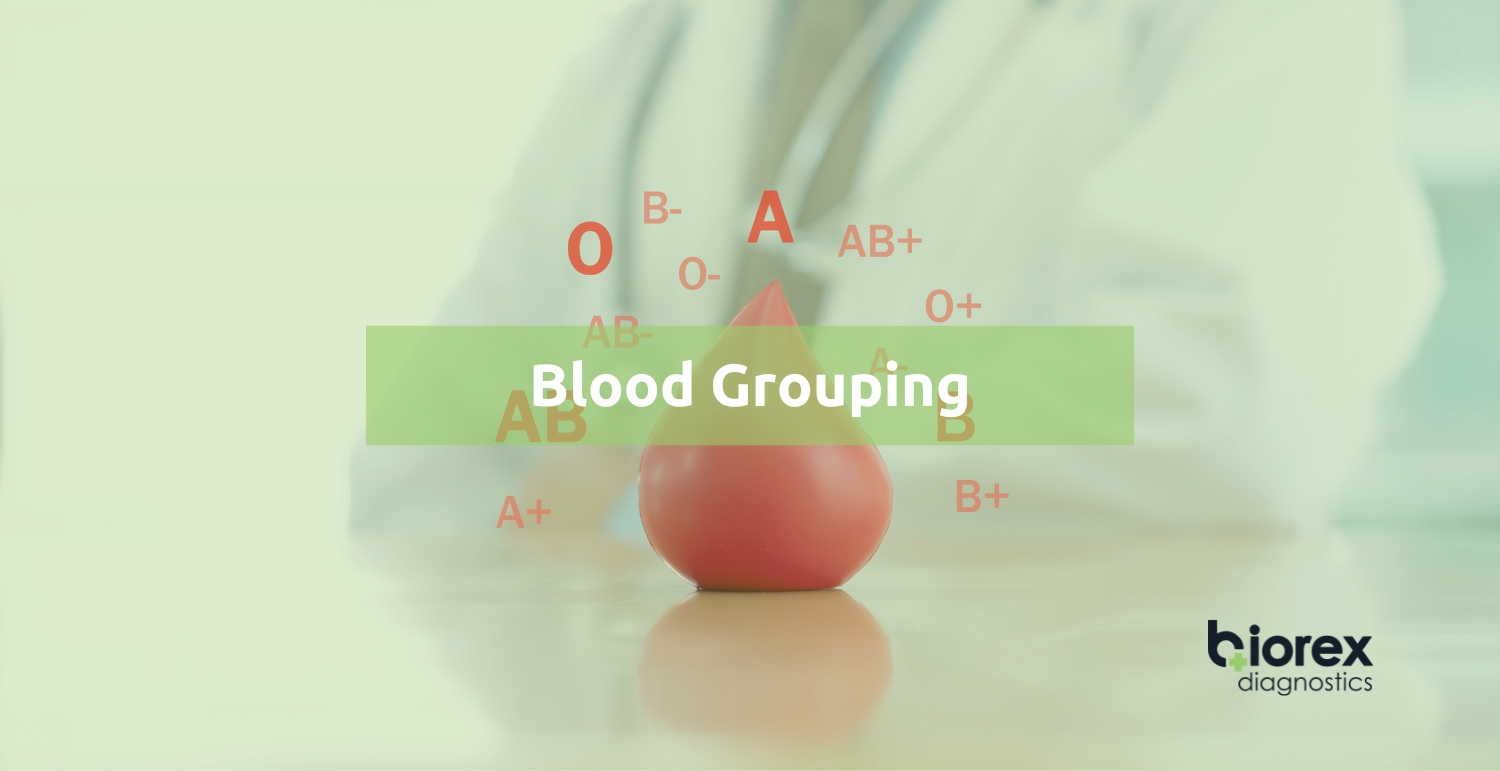
Blood Grouping
Blood Grouping
One of the most frequently performed clinical procedures to aid in improving tissue oxygen delivery in hospitalised patients in red blood cell (RBC) transfusion. Cross-matching is a mandatory test to meet the clinical needs of RBC transfusion through the examination of donor-recipient compatibility with antibodies and antigens of blood groups (see figure 1). An individual’s combination of antigens on the surface of the RBC determines the blood group, but it is typically of the ABO and the RH blood group systems. There are 43 blood group systems containing 345 antigens, recognised by the International Society of Blood Transfusion 1.
Figure 1: Emerging Technologies for Blood Group Typing 1
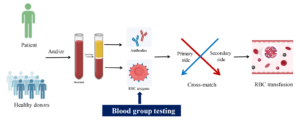
ABO Blood Group System
The ABO blood group system is a classification of human blood based on the inherited properties of erythrocytes (red blood cells (RBC)). It is determined based on the absence or presence of antigens A and B, which are carried on the surface of erythrocytes 2.
The ABO blood group system is split into four blood types: type A, type B, type O, and type AB.
In blood transfusion, if the wrong blood type is received, the antibodies in the recipients blood attacks and destroys the injected blood. For example, if a recipient has blood type A (blood contains antibodies against type B blood) and they receive type B blood, the recipient’s antibodies against type B will attack and destroy the type B blood that was injected 2. Table 1 below outlines the ABO antigens and antibodies.
Table 1: ABO Antigens and Antibodies 3
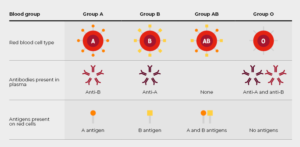
ABO antigens are developed before birth and remain throughout life. Babies acquire ABO antibodies from the mother as they grow and develop, and by three months old, babies begin making their own. In rare occurrences, ABO incompatibility has been observed between mother and foetus which can cause erythroblastosis fetalis (haemolytic disease of the newborn). This type of anaemia is the result of the maternal immune system destroying the RBCs of the foetus. This is most often seen in mothers with type O and the foetus has either type A or type B 2.
Rh Blood Group System
The Rh (Rhesus) blood group system is a classification of human blood based on the absence or presence of the Rh antigen on the surface of RBCs 4.
Some of the most severe haemolytic transfusion reactions and haemolytic disease of the foetus and newborn (HDFN) cases are associated with antibodies to the Rh group antigens. The Rh system consists of over 50 red cell antigens, however there are five main red cell antigens: D, C, c, E, and e – these five groups involve the most clinically significant transfusion complications 5.
The Rh antigen poses dangers for those who are Rh-negative and lack the antigen and are given Rh-positive blood via transfusion. Whilst symptoms of the incompatibility may not occur the first time, the immune system does produce anti-Rh antibodies in response. If the incompatible Rh-positive blood is given again, after the production of the antibodies, they will attack the foreign RBCs, causing them to agglutinate, resulting in haemolysis 4.
Understanding ABO and Rh Blood Groups
Some RBCs have the Rh factor (RhD antigen), which adds another dimension. If the RBCs contain the RhD antigen, they are RhD positive and if they do not, they are RhD negative 6.
When considering blood types, it is vital that both the ABO and the Rh systems are taken into account. There are eight main blood types in the ABO/Rh blood group system, with some being more common than others (see table 2) 6.
Table 2: ABO/Rh Blood Group System 6
| ABO Blood Type | Percentage of People |
| A-positive (A+) | 30% |
| A-negative (A-) | 6% |
| B-positive (B+) | 9% |
| B-negative (B-) | 2% |
| AB-positive (AB+) | 4% |
| AB-negative (AB-) | 1% |
| O-positive (O+) | 39% |
| O-negative (O-) | 7% |
As previously mentioned, determining the compatibility between donor and receiver is vital to prevent life threatening situations. Table 3 below details the compatibility of the eight different blood types 6.
Table 3: Blood Type Compatibility 6
| Blood Type | Gives | Receives |
| A+ | A+, AB+ | A+, A-, O+, O+ |
| O+ | O+, A+, B+, AB+ | O+, O- |
| B+ | B+, AB+ | B+, B-, O+, O- |
| AB+ | AB+ | Everyone |
| A- | A+, A-, AB+, AB- | A-, O- |
| O- | Everyone | O- |
| B- | B+, B-, AB+, AB- | B-, O- |
| AB- | AB+, AB- | AB-, A-, B-, O- |
Biorex Blood Grouping Panel
At Biorex, we offer 26 blood grouping reagents which utilise both traditional and new techniques to identify the major and rare blood grouping types. Our high-quality blood grouping reagents and gel cards are accurate, easy-to-use, competitively priced, and conveniently offered in different sizes in order to meet the needs of our distributors, blood banks, clinical, hospital laboratories and transfusion centres across the world.
Quote our promotional code ‘BLOOD23’ when ordering from the Biorex Blood Grouping Panel throughout May 2023.
Reagents
Gel Cards
References
- Li HY, Guo K. Blood Group Testing. Frontiers in Medicine 2022; 9(827619): . https://www.ncbi.nlm.nih.gov/pmc/articles/PMC8873177/pdf/fmed-09-827619.pdf (accessed 26 April 2023).
- ABO blood group. https://www.lifeblood.com.au/health-professionals/testing/blood-groups/ABO (accessed 4 May 2023).
- The Editors of Encyclopaedia Britannica. ABO Blood Group System. https://www.britannica.com/science/ABO-blood-group-system (accessed 26 April 2023).
- The Editors of Encyclopaedia Britannica. Rh Blood Group System. https://www.britannica.com/science/Rh-blood-group-system (accessed 4 May 2023).
- Rh Typing. https://emedicine.medscape.com/article/1731214-overview (accessed 4 May 2023).
- Felman A. Everything You Need To Know About Blood Types. https://www.medicalnewstoday.com/articles/218285 (accessed 9 May 2023).

